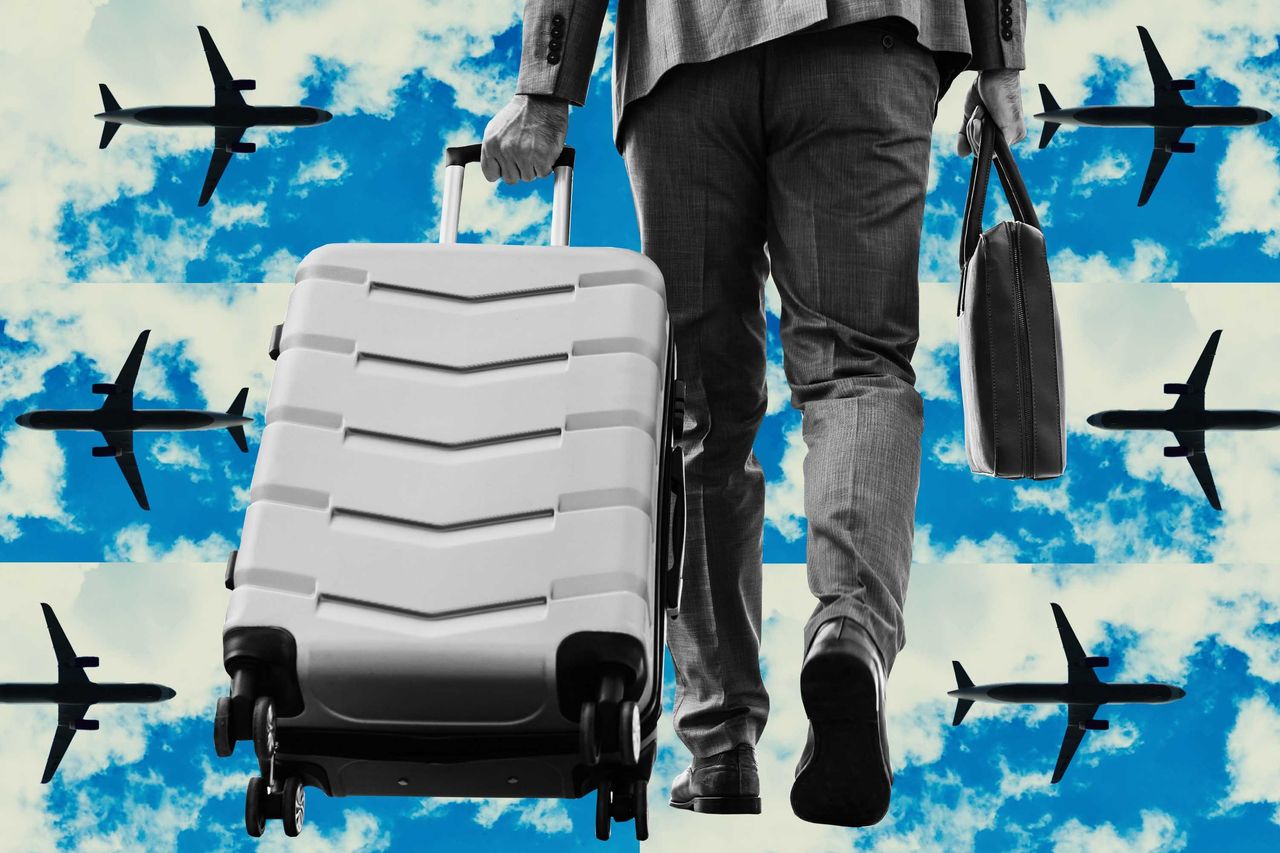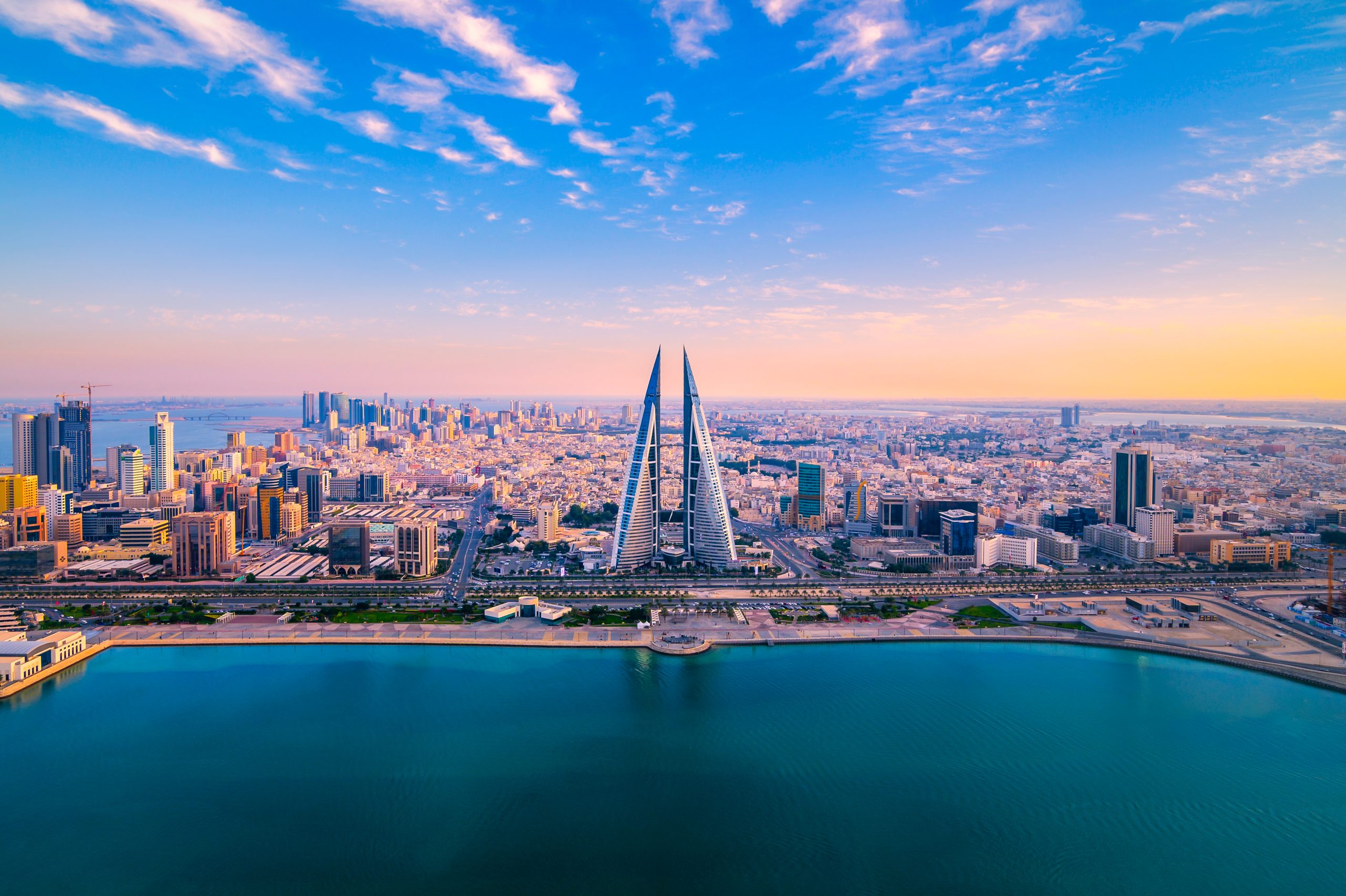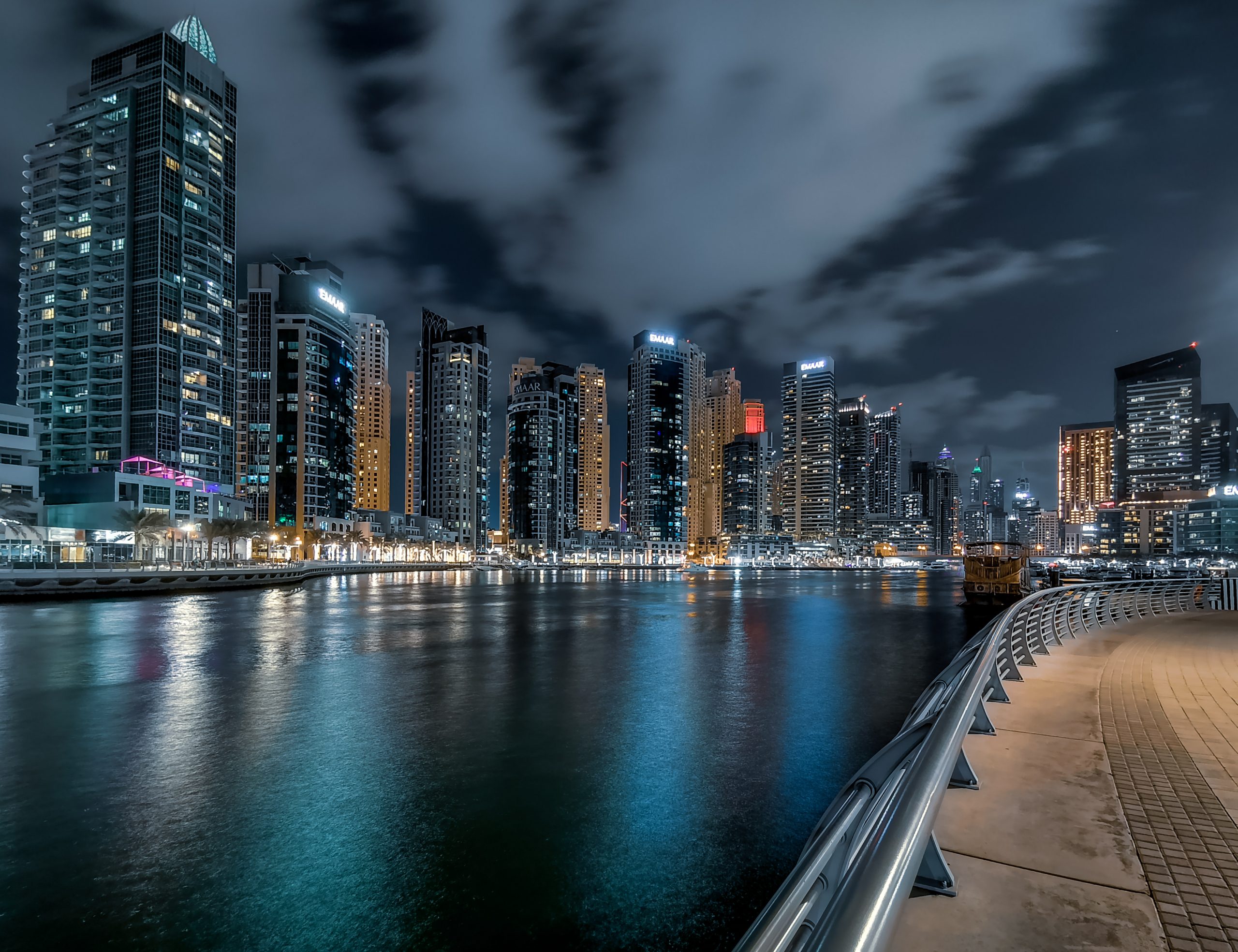I’M A SUPERCOMMUTER. HERE’S WHAT IT’S REALLY LIKE
The money, miles and stamina it takes to work in New York and live in Columbus, Ohio
Sometimes I sleep in a different New York City hotel room every night.
On a recent Monday, it was a Midtown Manhattan Hampton Inn. The next night, a budget hotel downtown. Then I moved to a Hyatt in Queens, near John F. Kennedy International Airport, where I waited to check in behind a group of pilots and flight attendants.
The reason for this madness: My job is in New York, but my apartment is in Columbus, Ohio. When hotel prices are high, I property-surf to find a lower rate.
For more than a year, to the bafflement of family, friends and colleagues, I have attempted to live and work as a supercommuter. What began as a postpandemic experiment of flying to and from New York each week has turned into what I am hesitant to call a lifestyle.
Like many, I moved out of the city early in the pandemic, relocating near family in the Midwest. When it came time to return in 2022, I was underwhelmed at the housing options in my price range. I toured one-room studios facing brick walls and climbed crumbling staircases to reach dank apartments with ancient fixtures. I also had grown accustomed to midweek evening walks with my sister in Ohio, and a short drive to see my parents. I didn’t want to fully give that up.
Using back-of-the-envelope math, I thought I could keep my expenses—rent in Ohio, plus travel costs—at or below the price of a nice New York studio, or roughly $3,200 a month. The Wall Street Journal requires office attendance at least three days a week and, since I commute by choice, I pay all my travel expenses.
Luxury suites and room service
The challenge felt oddly thrilling. If anybody could find a way to subvert high New York real-estate costs, while remaining close to family, I thought it might be me. For years, I’ve been an on-call travel guru to friends and co-workers, coaching people on how to navigate flight cancellations and play the credit-card bonus games. I memorize aircraft configurations and spend hours reading mileage blogs and industry sites like Airliners.net.
Before mileage runs became useless, I obsessed over reaching top-tier airline status by spending as little as possible. (Family members still roll their eyes at the six hours I spent in Anchorage one December afternoon to requalify for Delta’s Diamond tier.) When a flight is oversold, I am quick to volunteer my seat in exchange for a voucher. (My best-ever haul: $2,000 after giving up my seat on multiple oversold flights one Saturday in San Francisco.)
Nerding out about this stuff has allowed me to travel farther and in more rarefied air than I could otherwise afford.
Entering my supercommuter era, I had visions of flying to New York on a weekday morning (8,500 points one way on American Airlines), spending the day meeting sources and filing stories, and retiring to one of my favorite points hotels—the Beekman. Mornings would begin with a free breakfast thanks to my Hyatt status, before a short subway ride to the office. After two nights, I’d return to Columbus and my roomy apartment, half the price of a Manhattan studio.
Shocking no one, that fantasy soon came crashing down.
Burning points on fancy hotel rooms was the first problem. The life of a journalist is hard to predict. I repeatedly found myself on deadline and having to rebook flights or stay an extra night, costing me money or miles.
Once I was back in the city, it also got harder to say no. Stay an extra night to attend a friend’s birthday party or meet a CEO in town just for the day? Sign me up. I didn’t want my living situation to strain relationships or interfere with my job, which I love.
To conserve hotel points, I swapped the Beekman’s elegant rooms in lower Manhattan for a Hyatt attached to a casino in Jamaica, Queens. My rooms overlooked a sea of empty parking spaces, but required half as many points as Manhattan alternatives.
Flight delays and blown budgets
By summer, with my miles dwindling and New York hotel rates rising, I reluctantly began to rely on the kindness of those around me. Hearing I might need a place, one friend mailed me the keys to her family’s unoccupied apartment in New Jersey. Another let me stay in her smartly designed Brooklyn one-bedroom for weeks as she traveled. A cherished deskmate, known for her tell-it-like-it-is demeanor, repeatedly offered a bedroom in her Chelsea loft, handing over the keys with a sometimes expletive-tinged reminder to: “Get a f—ing apartment.”
I watered plants, walked friends’ dogs and fed their cats while they were away. Still, working in a city without a permanent home took a toll. I came to dread the go-to question asked at parties and work events in New York: “So where do you live?”

CHIP CUTTER/THE WALL STREET JOURNAL
If I admitted, “it’s kind of complicated,” I got sucked into explaining my life as a supercommuter. Sometimes, I’d just tell people the location of that evening’s hotel. (Chelsea!)
Costs mounted in the fall, New York’s prime tourist and business-travel season. Friends teased me for embracing a life of chaos. They weren’t wrong. Without a refrigerator or stove, late-night dinners often consisted of yogurt and fruit purchased from a 24-hour CVS. Needing to pack light, I stored shoes under my desk and left spare outfits on an office coat rack.
To get to the office on time, I set my alarm in Columbus for 4:15 a.m. and hustled to the airport for 6 a.m. flights. When everything went according to plan, I made it door-to-door in three hours. If delays occurred, I scrambled to rebook on other flights.
My obsessive tracking of New York hotel prices taught me that dynamic pricing isn’t reserved for airlines. Hotel costs can fluctuate half a dozen times on the check-in date, so instead of booking in advance, I’d wait to pull the trigger until 10 p.m. some days after the rates fell.
In the end, the math didn’t work. I blew my budget by 15% and drained my miles balance. But I flew so much and stayed in so many hotels that I kept my elite status with Hyatt and American.
I still enjoy having one foot in the Midwest and one on the East Coast, though I’m not sure how long I can keep it up. I’m writing this from Columbus, where I overlook a beautiful park outside my picture window. My lease is up, but hotel rates in Manhattan this winter have plunged now that the holidays are over. Maybe that New York apartment search can be put off a little longer.
 Copyright 2020, Dow Jones & Company, Inc. All Rights Reserved Worldwide. LEARN MORE
Copyright 2020, Dow Jones & Company, Inc. All Rights Reserved Worldwide. LEARN MORE
Chris Dixon, a partner who led the charge, says he has a ‘very long-term horizon’
Americans now think they need at least $1.25 million for retirement, a 20% increase from a year ago, according to a survey by Northwestern Mutual
Saudi Arabia ranked first among countries for the non-oil exports of national origin with BD201 million (22%)
Bahrain’s non-oil exports of national origin decreased by 6% to BD894 million ($2.37 billion) in Q2 2024 compared to the same period in 2023. The top 10 countries accounted for 64% of the total export value.
According to the Information & eGovernment Authority (iGA) in its Q2 2024 Foreign Trade report, Saudi Arabia was the leading destination for these exports, totaling BD201 million (22%). The US followed with BD75 million (8.4%), and the UAE with BD73 million (8.2%).
Unwrought aluminum alloys were the top exported product in Q2 2024, amounting to BD267 million (30%), followed by agglomerated iron ores and concentrates alloyed at BD159 million (18%) and non-alloyed aluminum wire at BD49 million (5%).
Non-oil re-exports
Non-oil re-exports increased by 4% to reach BD206 million during Q2 2024, compared to BD198 million for same quarter in 2023. The top 10 countries accounted for 86% of the re-exported value. The UAE ranked first with BD58 million (28%) followed by Saudi Arabia with BD39 million (19%) and UK with BD17 million (8%).
As per the report, turbo-jets worth BD65 million (32%) were the top product re-exported from Bahrain, followed by private cars with BD11 million (5%) and four-wheel drive with BD9 million (4%).
The value of non-oil imports has decreased by 4% reaching to BD1.41 billion in Q2 2024 in comparison with BD1.47 billion for same quarter in 2023. The top 10 countries for imports recorded 68% of the total value of imports.

China Bahrain’s biggest importer
China ranked first for imports to Bahrain, with a total of BD191 million (14%), followed by Brazil with BD157 million (11%) and Australia with BD112 million (8%).
Non-agglomerated iron ores and concentrates were the top product imported to Bahrain worth BD200 million (14%), followed by other aluminum oxide with BD101 million (7%) and parts for aircraft engines with BD41 million (3%).
As for the trade balance, which represents the difference between exports and imports, the deficit logged was BD310 million in Q2 2024 compared to BD322 million in Q2 2023.
Chris Dixon, a partner who led the charge, says he has a ‘very long-term horizon’
Americans now think they need at least $1.25 million for retirement, a 20% increase from a year ago, according to a survey by Northwestern Mutual





















